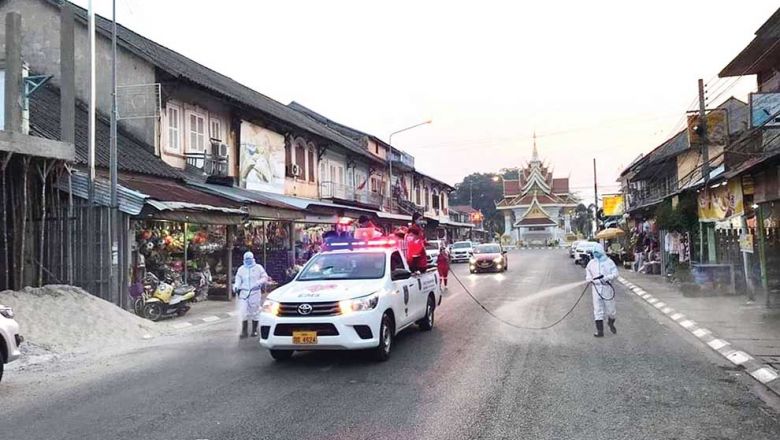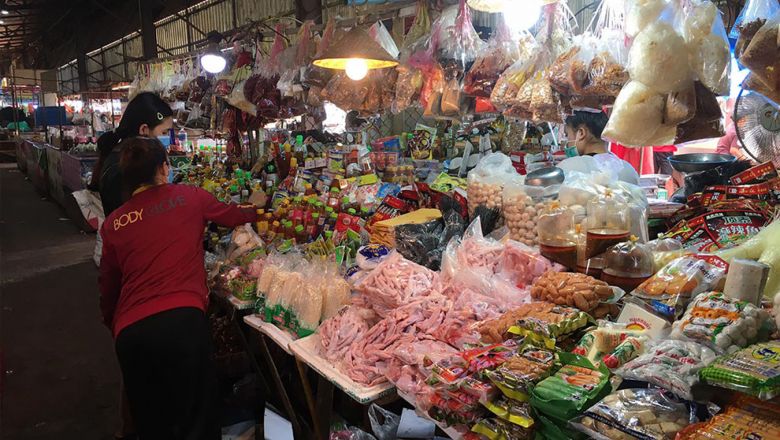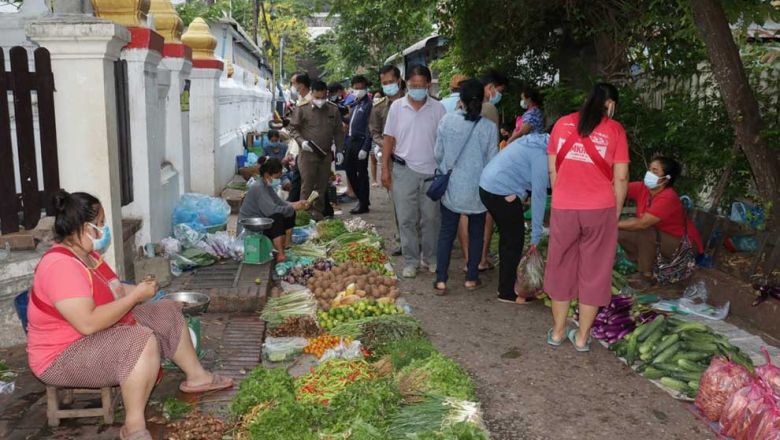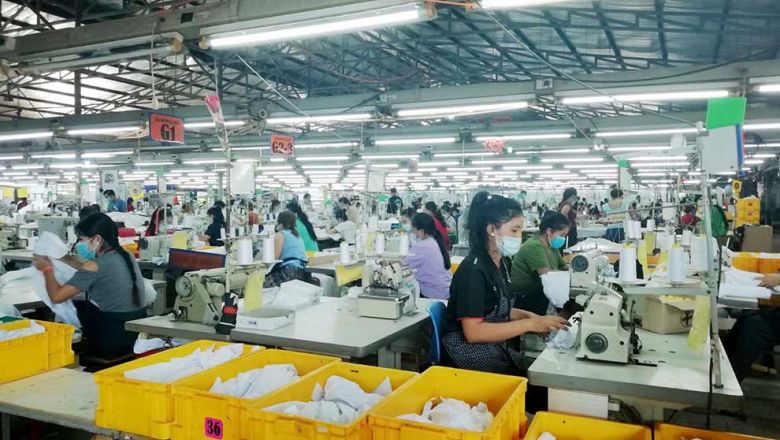Govt asked to look into rising cost of living
Govt asked to look into rising cost of living
Government bodies have been calling for a rigorous inspection of rising product prices in markets as well as the spiralling cost of living in general, which is causing hardship among the general public.
A senior economist at the National Economic Research Institute, Dr Leeber Leebouapao, told Vientiane Times yesterday that the bulk of people's earnings is spent on daily necessities and they have little left over to save.
He noted that the cost of food, electricity, education and rent had all risen, despite the high growth of the country's Gross Domestic Product (GDP) and GDP per capita.
“Our economy is growing at a rate of 7.6 percent this year. Our inflation rate is reportedly below 2 percent and our exchange rate is stable. Significantly, the price of fuel is low, so why is the cost of living rising?” Dr Leeber queried.
“I think that the situation in our country is reversing. In principle, a strong economy should reflect rising incomes and the lower price of oil should contribute to a lower cost of living.”
Government sectors have been asked to inspect the pricing structure of various products in Laos, notably those on the government's list of controlled items.
The rising price of products in markets is putting pressure on local people, especially those who are poor, no matter what the reason for the increase is.
A resident of Donnoun village in Vientiane's Xaythany district, Ms Ae, said her income was not increasing but her expenses were higher.
“The pri ce of pork has risen from 35,000 kip to 40,000 kip per kg and my children's school has announced they will put up the fees next academic year,” she said.
Laos is a least developed country with a GDP of 102,320 billion kip (US$12.8 billion), while GDP per capita has climbed to 15.8 million kip (US$1,970) .
Economists point out that the GDP per capita is not the actual income of most Lao people given that it's an average figure, and many people are still struggling to earn a living.
Generally speaking, poverty-stricken countries like to quote GDP as a measure of economic activity as it is higher than Gross National Income.
But this can be misleading because GDP includes foreign revenues earned on a nation's soil but the majority of this money is repatriated and therefore does not contribute to the country's economy.
In Laos, for instance, the country's economic growth is mainly driven by foreign investment, particularly in natural resources, which has been included in the GDP per capita figure.
Large-scale projects in hydropower, agriculture and industrial development have attracted investors from China, Thailand and Vietnam.
Although the Lao economy has enjoyed a high growth rate in recent years, the growth spurt has not generated job opportunities and boosted the incomes of local people as anticipated.


















